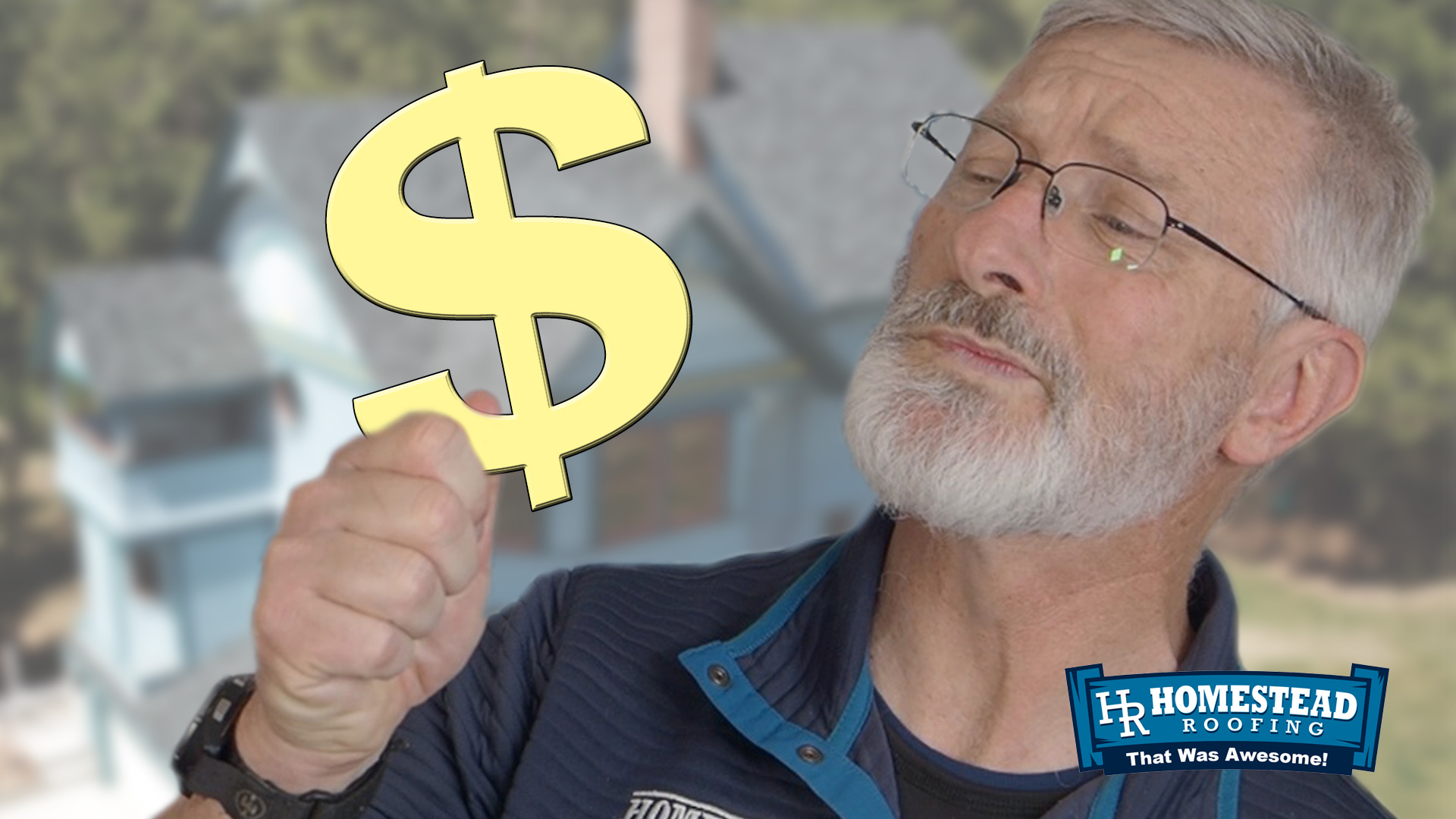I recently received a phone call from a realtor in Colorado Springs that we work with a lot and he told me a story about the owner of one of his new listings. It's a story I've heard before, unfortunately.
The owner of the home filed an insurance claim after the big storm in 2016 and her insurance company approved her claim for a full roof replacement. She has T-Lock shingles which makes a house more difficult to sell even if there is no damage to it (read our post, "It's Hard To Sell A House With T-Lock Shingles In Colorado Springs" to find out why it makes a house sale a challenge). Then, for whatever reason, the homeowner chose to not get the roof replaced and instead, spent the money that the insurance company gave her to get the work done.
In most insurance claims, the insurance company will hold back a portion of the funds, called the depreciation. This amount is sent to the homeowner after the work has been completed and an invoice has been sent to the insurance company as evidence that the work has been done. Since she never had the work done, no invoice was ever sent in to trigger the remaining depreciation money to be mailed to her. Therefore, after a period of time, the insurance company assumed that the work had not been done and notified her that her homeowner's insurance coverage had been dropped.
A Situation That Has Gone From Bad To Worse
The situation she is in now is that she:
- Has a hail-damaged, T-lock shingle roof she is trying to sell
- Has no homeowner's insurance
- Has a mortgage on the home
- Has a mortgage lender which will soon discover she has no homeowner's insurance
- Will have to pay out-of-pocket to re-roof her house in order to sell her house
There's a lot of consumer warnings about unethical roofers, and justifiably so, however, human nature is what it is and the fact is that there are many homeowners who also try to game the system and think that they'll never get caught, but when a homeowner pockets the insurance money for a claim, here is what can, and most likely will happen.
Situation 1: If the insurance company does not receive an invoice stating that the work has been completed, they may tag that homeowner as a high risk customer and drop the insurance coverage. This is what happened to this homeowner. I don't normally see an insurance company go to this extreme, but it does happen.
Situation 2: Again, if the insurance company doesn't receive an invoice for completed work, they won't release the depreciation check. Then, if that homeowner ever had another claim for his home in the future, the insurance company will withhold the funds they have already paid on the previous claim from the next claim. So if the check sent for claim #1 was $5000 and the depreciation amount for that claim was $4000, then if the work is not completed, the $4000 is forfeited by the homeowner, and then if and when future claim #2 is filed, the insurance company withholds the $5000 originally paid on claim #1. This is the most common situation I've seen and have seen it happen more times than you would imagine.
When people do this, it reminds me of the old 1970's commercial that said, "You can pay me now, or you can pay me later..." When it comes to insurance claims for damage to a home, the system is correctly structured to ensure that a homeowner doesn't get to pocket any of the insurance funds and not get the work completed.




